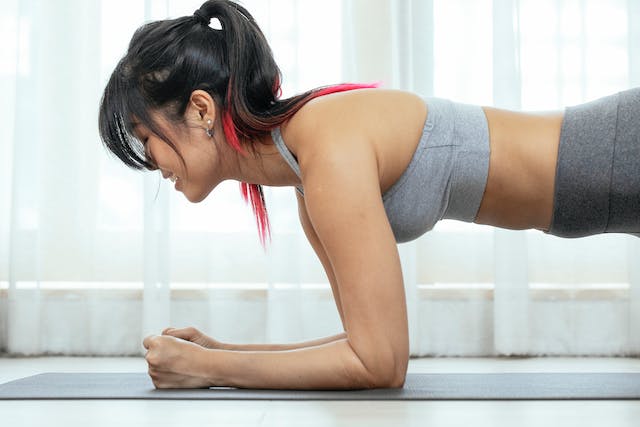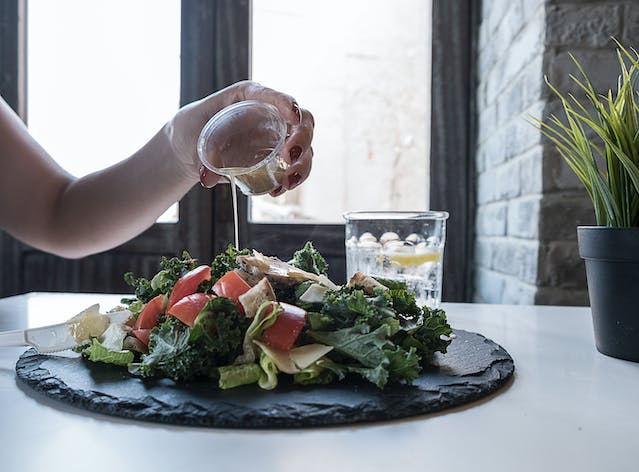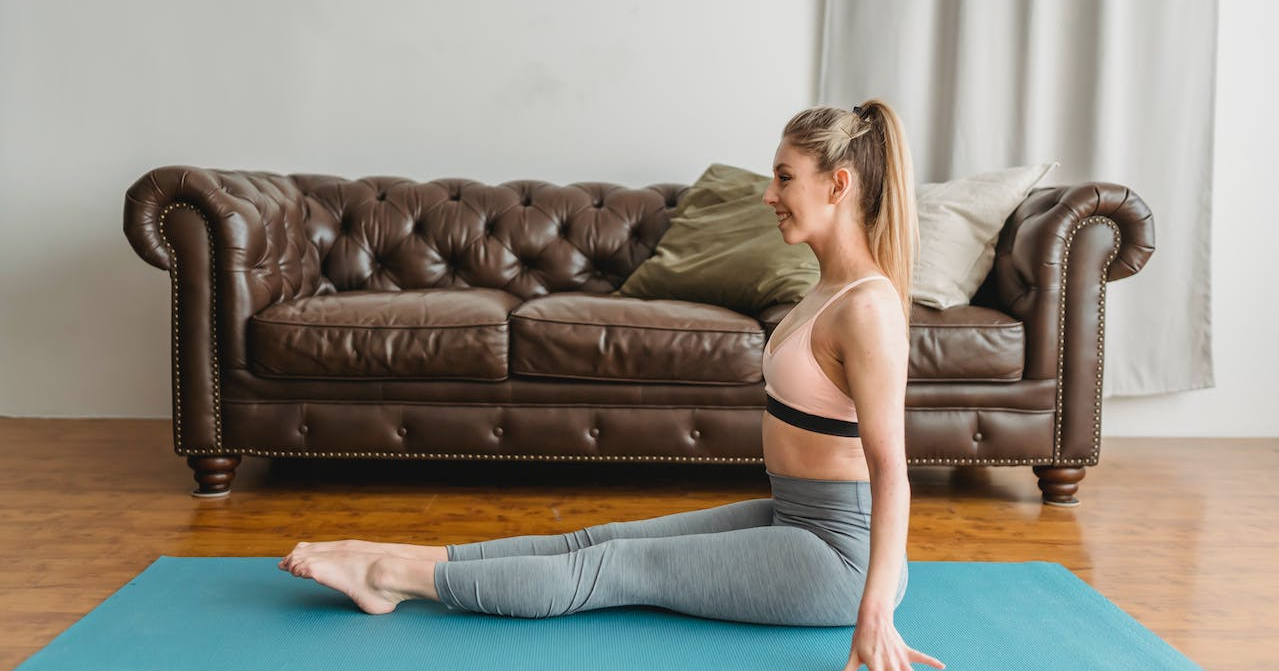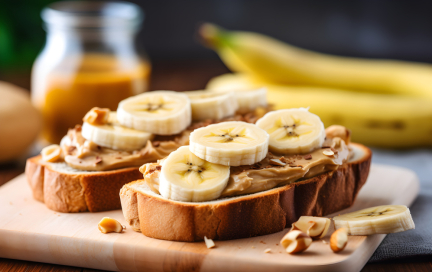{{ banner_block|raw }}
This guide will show you how to design full-body workouts that actually work — no matter your fitness level.
Preparation and setup
Start with a smart strategy
Before jumping into workouts, take a few minutes to map out your approach. A solid plan will help you stay motivated and on track. Here’s what to include:
Set clear goals: Do you want to lose weight, build strength, or boost endurance? Be specific: “I want to lose 10 lbs in 2 months” works better than “get fit.”
Know your limits: Consider any medical conditions or physical limitations. If needed, consult your doctor before starting.
Assess your resources: You don’t need much — a yoga mat, some floor space, and your body weight are enough to get started.
Create a schedule: Decide what days you'll train and which exercises you’ll do. Consistency beats intensity.
{{ post_23|raw }}
Create Your Workout Routine
Consistency matters more than intensity. Start slow, progress over time, and keep things simple. Here’s how:
Start small: 3 days a week, 20–30 minutes per session is a great start.
Mix it up: Combine strength, cardio, and core work to hit all major muscle groups.
Plan rest days: Muscles grow and recover when you rest.
Stay accountable: A partner, coach, or fitness app can help you stay on track.
Target all major muscle groups
Upper Body
Push-ups: Classic and effective. Try 3–4 sets of 10–15 reps.
Wide-arm push-ups: Target the chest differently. 3–4 sets of 10–15 reps.
Plank: Strengthens your shoulders and stabilizers. Hold for 30–60 seconds.
Pull-ups (if available): Builds upper back strength. Modify with resistance bands if needed.
Arms:
Close-grip push-ups: Great for triceps. 3–4 sets of 10–15 reps.
Elbow plank: Works arms, core, and shoulders. Hold 30–60 seconds.
Lower Body
Bodyweight squats: Core move for strength and tone. 3–4 sets of 12–15 reps.
Lunges: Works quads and glutes. Alternate legs. 3–4 sets of 12–15 reps.
Glute bridge: Lying hip lift for glute isolation. 3–4 sets of 12–15 reps.
Core & Abs
Core strength improves posture, balance, and protects your back.
Plank (again!): It’s that good. Hold 30–60 seconds.
Crunches: Focus on form, not speed. 3–4 sets of 15–20 reps.
Side plank: Great for obliques. Hold each side for 30–60 seconds.

Add cardio and functional training
Why cardio still matters: It strengthens your heart, burns calories, and boosts energy. Aim for 150 minutes a week of moderate-intensity cardio. Try:
Jumping jacks
Jogging in place
Jump rope
Dancing or brisk walking
Functional training: Moves like squats, planks, and push-ups mimic daily movement patterns. They build strength, improve mobility, and prevent injury.
Combine them: Try circuit training: alternate between strength and cardio moves (e.g., squats → jumping jacks → push-ups → high knees). Or alternate days: strength one day, cardio the next.
Balance of macronutrients and micronutrients
Macronutrients & micronutrients: Your body needs protein, carbs, fats, vitamins, and minerals to thrive.
Protein: Builds muscle and keeps you full. Include it in every meal.
Carbs: Choose whole grains, fruits, veggies for steady energy.
Fats: Go for healthy sources like nuts, seeds, olive oil, and avocado.
Looking for healthy recipes? Don’t miss our helpful collection — simple, tasty, and good for you! 💚

Sleep & Recovery
In addition to proper nutrition, your overall routine plays a huge role in achieving your fitness goals. Proper sleep and regular exercise are an integral part of a healthy lifestyle. Try to sleep at least 7–8 hours a day to fully recover from workouts and ensure the normal functioning of the body. Regular exercise is also necessary for toning the body. Include strength training, cardio, and stretching in your program. Remember about moderation and give your body time to recover between workouts.
Recovery Tips:
Stick to a sleep routine
Create a quiet, dark sleep environment
Limit caffeine/alcohol before bed
You don’t need a gym to get strong. With a clear plan, consistent effort, and simple home routines, you can feel better and build lasting fitness.
Progress doesn’t come from perfection — it comes from showing up.
Ready to move better, feel stronger, and stay consistent — all from home? Start your journey today with 70% off.

















